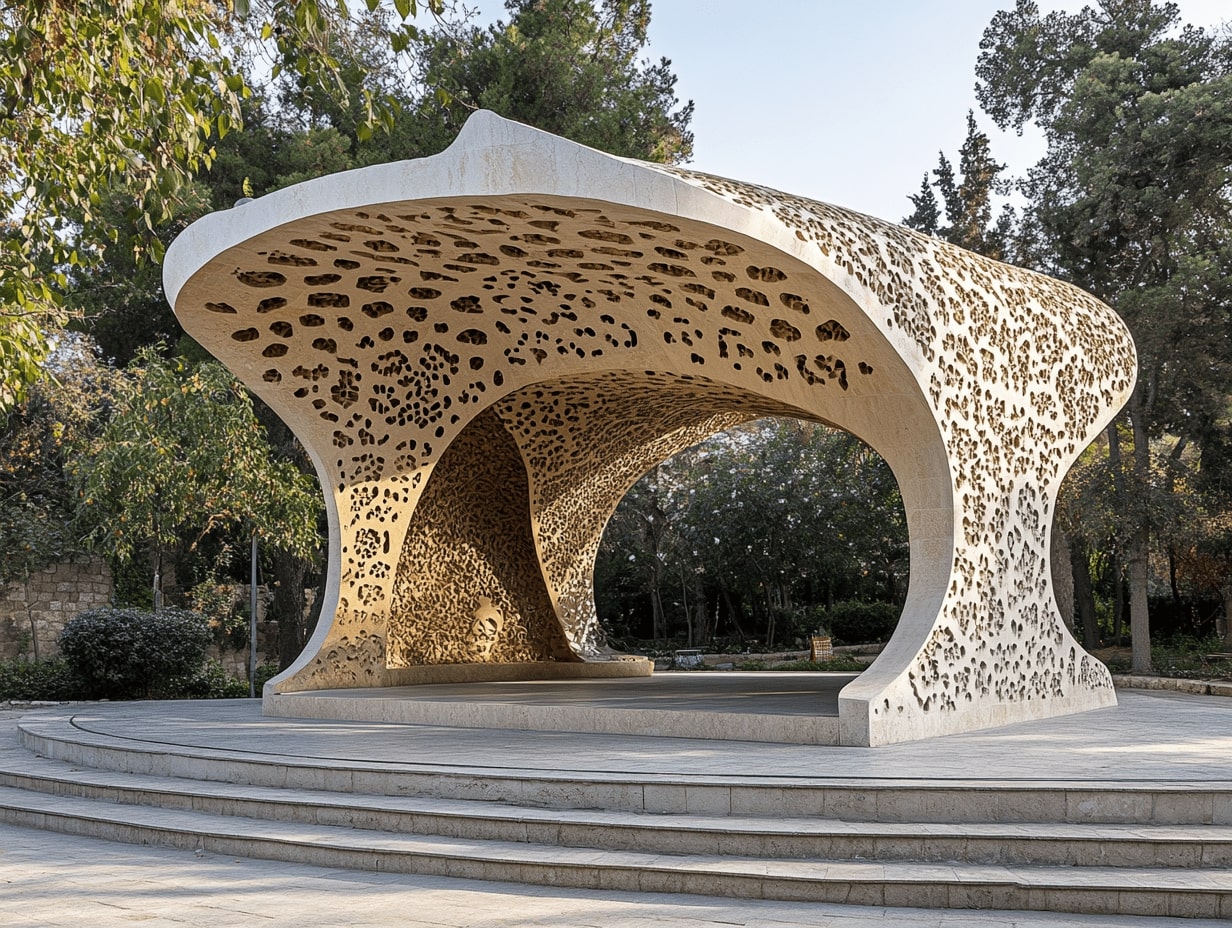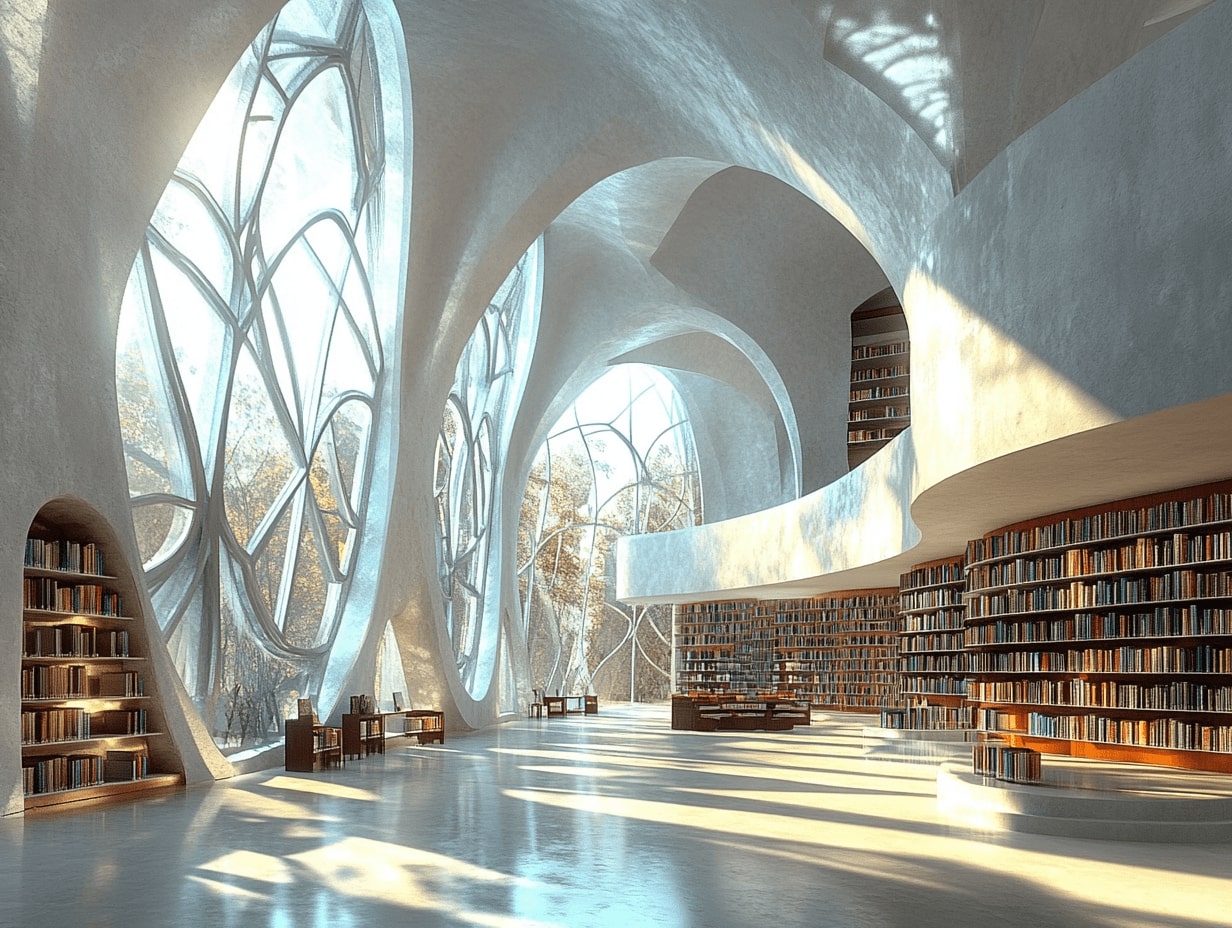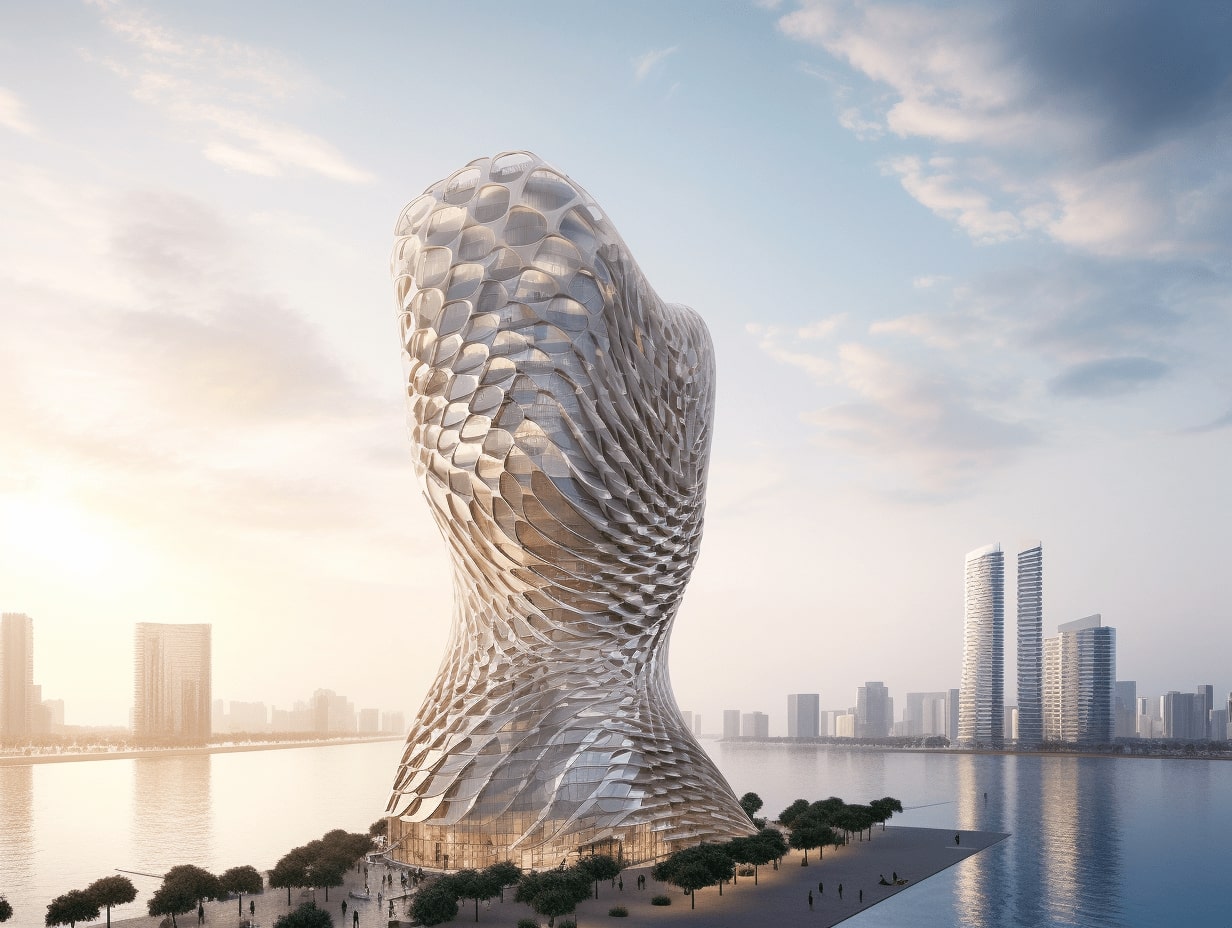- Home
- Articles
- Architectural Portfolio
- Architectral Presentation
- Inspirational Stories
- Architecture News
- Visualization
- BIM Industry
- Facade Design
- Parametric Design
- Career
- Landscape Architecture
- Construction
- Artificial Intelligence
- Sketching
- Design Softwares
- Diagrams
- Writing
- Architectural Tips
- Sustainability
- Courses
- Concept
- Technology
- History & Heritage
- Future of Architecture
- Guides & How-To
- Art & Culture
- Projects
- Interior Design
- Competitions
- Jobs
- Store
- Tools
- More
- Home
- Articles
- Architectural Portfolio
- Architectral Presentation
- Inspirational Stories
- Architecture News
- Visualization
- BIM Industry
- Facade Design
- Parametric Design
- Career
- Landscape Architecture
- Construction
- Artificial Intelligence
- Sketching
- Design Softwares
- Diagrams
- Writing
- Architectural Tips
- Sustainability
- Courses
- Concept
- Technology
- History & Heritage
- Future of Architecture
- Guides & How-To
- Art & Culture
- Projects
- Interior Design
- Competitions
- Jobs
- Store
- Tools
- More
Aesthetic Storytelling in Architectural Design: Transforming Spaces into Emotional Narratives
Explore the captivating interplay of aesthetic storytelling and architectural design in our latest article. Discover how buildings transcend mere structures, embodying narratives that evoke emotions and deepen connections with our environments. Delve into the essential elements of storytelling, historical perspectives, and notable case studies like the Guggenheim Museum.

In a world where buildings shape our experiences, aesthetic storytelling in architectural design breathes life into structures. It’s not just about bricks and mortar; it’s about creating narratives that resonate with our emotions and memories. Each design choice—from the materials used to the layout—tells a story that invites us to engage with our surroundings.
We’re diving into how architects weave visual elements into their work, transforming spaces into immersive experiences. By blending art and functionality, they create environments that not only serve a purpose but also evoke feelings and provoke thought. Join us as we explore the powerful intersection of storytelling and architecture, revealing how these elements harmonize to enrich our lives.

Table of Contents
ToggleUnderstanding Aesthetic Storytelling
Aesthetic storytelling in architectural design creates immersive experiences by integrating narratives into physical spaces. This concept enhances the relationship between us and our surroundings, bridging emotions with architecture.

Definition and Importance
Aesthetic storytelling refers to the process of using architectural elements to convey a narrative. This approach infuses buildings with meaning, enabling them to resonate on a personal level. It shapes our experiences through design choices, colors, and materials. Importance lies in fostering connections; when we engage with a space that tells a story, it evokes emotions and memories, enriching our lives.
Key Elements of Storytelling in Architecture
- Narrative Structure: Architects establish a storyline through the arrangement of spaces and forms. This structure guides our experience, revealing themes as we move through environments.
- Materials and Textures: The selection of materials and textures serves to enhance the narrative. Natural materials like wood and stone convey warmth, while sleek metals suggest modernity.
- Color Schemes: Colors influence mood and perception. For example, warm tones can create a sense of comfort, while cool tones may evoke calmness or serenity.
- Lighting: Effective lighting shapes our perception of space. Natural light can highlight features, while strategic artificial lighting can create ambiance, emphasizing the narrative.
- Cultural Context: Architectural storytelling reflects cultural narratives and traditions. By incorporating local elements, architects reinforce identity and heritage, allowing us to feel a connection to the past.
Through these key elements, aesthetic storytelling transforms architectural design into a powerful medium that influences our emotions and experiences.
Historical Context
Architectural storytelling has deep roots, evolving alongside cultural and societal shifts. This section explores the evolution of architectural storytelling and influential movements that shaped our built environment.

Evolution of Architectural Storytelling
Architectural storytelling originated from early human settlements, where structures reflected the needs, beliefs, and traditions of their inhabitants. Ancient civilizations, such as the Egyptians and Greeks, used monumental architecture to convey power and spirituality. The narratives embedded in their designs spoke to the values of those societies. In the Middle Ages, Gothic cathedrals illustrated religious themes through intricate facades and stained glass, allowing viewers to experience biblical tales.
During the Renaissance, the revival of classical architecture emphasized proportion and harmony, inviting personal reflection. The Enlightenment brought about a focus on rationality, leading to neoclassical design that drew heavily from historical ideals. In the 20th century, movements like Modernism and Postmodernism redefined narratives, prioritizing functionality and contextual relevance, while often rejecting historical precedence. Today, architects blend traditional storytelling elements with contemporary design to foster richness and resonance in our built environments.
Influential Movements and Styles
Various movements have profoundly influenced architectural storytelling, shaping how spaces communicate narratives.
- Gothic Architecture: Focused on verticality and light, this style used pointed arches and intricate details to evoke spiritual narratives.
- Renaissance Architecture: Emphasized symmetry, proportion, and geometry, integrating classical elements to narrate humanism and rationality.
- Baroque Architecture: Employed opulence and grandiosity, utilizing dramatic light and shadow to create emotional responses within spaces.
- Modernism: Prioritized simplicity and minimalism, often downplaying ornamentation to accentuate functional narratives and the use of new materials.
- Postmodernism: Reintroduced historical references and eclecticism, combining various styles to challenge traditional storytelling in architectural design.
These movements reflect the ever-changing relationship between architecture and narrative, allowing us to experience spaces that resonate with our collective histories and identities.
Techniques for Aesthetic Storytelling
Aesthetic storytelling in architecture involves various techniques that enhance the narrative of a space. These techniques foster emotional connections and enhance the overall experience within architectural environments.

Use of Materials and Textures
Materials and textures play a crucial role in conveying stories. We select materials that evoke specific emotions and reflect cultural contexts. For instance, natural materials such as timber and stone convey warmth and authenticity, while polished metals and glass suggest modernity and sophistication. Textures can differentiate areas within a space, such as rough concrete for industrial settings or soft fabrics for intimate spaces. By thoughtfully combining materials, architects create layers of meaning that resonate with users.
Spatial Design and Flow
Spatial design governs how individuals navigate through a space, influencing their experiences. We emphasize open layouts to promote interaction and connection, while strategically placed walls or barriers can create areas for reflection. Designing pathways encourages exploration, guiding people through the narrative of the space. For example, in a museum, a well-planned flow ensures that viewers engage with exhibits in a meaningful sequence, enhancing their understanding of the story being told.
Color and Light Integration
Color and light significantly impact emotions and perceptions within a space. We use color palettes to evoke specific feelings; warm tones instill comfort, while cool tones promote calmness. Integrating natural light enhances these effects by creating dynamic atmospheres throughout the day. Through the strategic placement of windows and light fixtures, architects can highlight features, draw attention to focal points, and establish a rhythm that echoes the overall narrative. This thoughtful combination of color and light fosters an immersive storytelling experience.
Case Studies in Architectural Design
We examine notable examples that showcase aesthetic storytelling in architectural design. These case studies illustrate how narrative elements shape spaces and foster connections with their users.

Iconic Buildings That Exemplify Storytelling
- The Guggenheim Museum, Bilbao
The Guggenheim Museum in Bilbao, Spain, designed by Frank Gehry, exemplifies aesthetic storytelling through its flowing forms and innovative materials. The building’s deconstructivist style interacts with the surrounding landscape, creating a visual narrative that reflects the city’s industrial heritage.
- Fallingwater, Pennsylvania
Designed by Frank Lloyd Wright, Fallingwater integrates seamlessly with its natural setting. The structure’s cantilevered terraces and natural materials evoke a sense of harmony between architecture and nature, telling a story of balance and unity.
- The Sydney Opera House, Australia
Jørn Utzon’s Sydney Opera House employs its unique sail-like design to narrate Australia’s maritime culture. The iconic form communicates an artistic identity, inviting engagement both aesthetically and culturally.
- The Parthenon, Athens
The Parthenon stands as a testament to ancient Greek ideals of beauty and democracy. Its proportions and intricate sculptures tell stories of mythology and civic pride, reinforcing the emotional connection to cultural and historical identity.
Analysis of Contemporary Practices
- Integration of Technology
Modern architects increasingly utilize technology to enhance storytelling. Interactive installations and augmented reality applications allow users to experience narratives in a dynamic manner, encouraging personal engagement with the architecture.
- Sustainable Design
Sustainable practices in architecture convey stories of environmental stewardship. Buildings designed with eco-friendly materials and energy-efficient systems narrate the importance of balance with nature, promoting a sustainable future.
- Community Engagement
Architects often involve community stakeholders in the design process. This collaborative approach fosters a narrative that reflects local culture and needs, aligning the built environment with the community’s identity.
- Transitional Spaces
Contemporary designs often feature transitional spaces that encourage interaction. These areas serve as storytellers themselves, guiding users through a journey as they navigate various zones within a building, each with its own narrative.
Challenges and Considerations
Architects face several challenges when integrating aesthetic storytelling into design. These challenges primarily revolve around balancing functionality with artistic expression and ensuring cultural sensitivity throughout the process.

Balancing Functionality and Aesthetics
We prioritize functionality without compromising aesthetics in architectural storytelling. Striking this balance often demands careful consideration of user needs alongside narrative elements. Architects must create spaces that serve their intended purposes while also resonating with users emotionally. For instance, a well-designed public library not only provides quiet reading spaces but also incorporates elements that reflect the community’s identity. This approach transforms the building into a narrative medium, merging practical use with an engaging story.
Cultural Sensitivity in Storytelling
We must approach design with cultural sensitivity to avoid misrepresentation and to honor local histories. Architects should engage with communities during the design phase, gathering insights that inform the narrative woven into the structure. This engagement fosters authentic storytelling, as local culture and traditions shape the design’s narrative. For example, incorporating indigenous patterns or storytelling techniques pays homage to cultural roots and strengthens user connections with their environment. Recognizing and respecting diverse cultural contexts is essential in achieving meaningful architectural storytelling.
Conclusion
Aesthetic storytelling in architectural design transforms our built environment into narratives that connect with our emotions. It enables us to experience spaces beyond their mere function, inviting interaction and reflection through carefully crafted elements. Our understanding of architectural stories integrates a profound appreciation for materials, textures, colors, and lighting, all of which shape our experiences and forge connections to our surroundings.
Historic architectural movements highlight the evolving relationship between storytelling and design. From the grandeur of ancient civilizations to contemporary practices, each era showcases how architecture communicates cultural values and collective identities. By examining case studies like the Guggenheim Museum and Fallingwater, we see direct examples of narrative-rich spaces that enrich user experience and foster emotional bonds.
Embracing technology and sustainability emphasizes the importance of narrative in modern architecture. Community involvement ensures designs reflect local culture, making storytelling authentic and resonant. We recognize that achieving a balance between artistic expression and functionality can pose challenges, yet these obstacles often lead to innovative solutions that enhance user engagement.
Ultimately, aesthetic storytelling in architecture serves as a powerful medium, influencing how we perceive and interact with our environments. The ongoing integration of these narratives shapes not only individual experiences but also collective identities, enriching our lives as we navigate through these thoughtfully designed spaces.
- aesthetic architecture
- aesthetic design architecture
- aesthetic design firms
- Architectural Storytelling
- architecture with a story
- artistic architectural design
- creative architectural design
- creative storytelling architecture
- design-driven architecture
- imaginative architecture
- innovative architecture firms
- narrative design in architecture
- story-inspired architecture
- storytelling in design
- unique architectural designs
I create and manage digital content for architecture-focused platforms, specializing in blog writing, short-form video editing, visual content production, and social media coordination. With a strong background in project and team management, I bring structure and creativity to every stage of content production. My skills in marketing, visual design, and strategic planning enable me to deliver impactful, brand-aligned results.
Submit your architectural projects
Follow these steps for submission your project. Submission FormLatest Posts
10 Interesting Facts About Zaha Hadid
Zaha Hadid was a visionary architect whose fluid forms, bold experimentation, and...
Online 3D Terrain Mapping Tools for Urban and Landscape Design in 2025
A curated guide to the best online 3D terrain mapping tools in...
Common Emergency Repairs Every Homeowner Should Be Ready For
For most of us, when something goes wrong, we have a propensity...
Designing, Retrofitting, and Valuing Non-Standard Homes in Britain
Britain’s housing stock carries a quiet contradiction. From the street, many homes...












Leave a comment